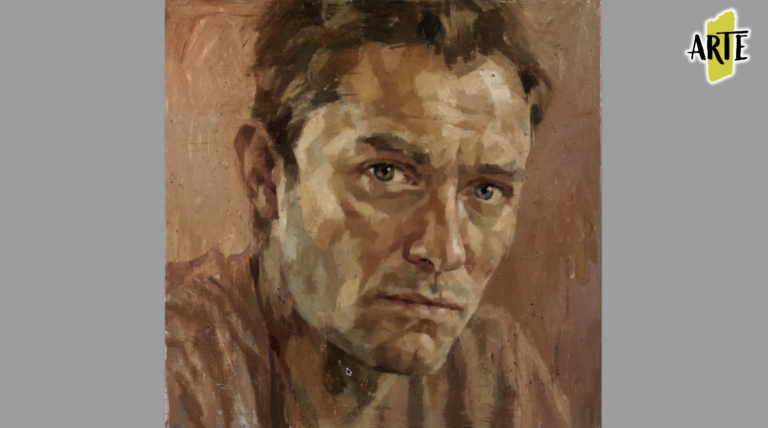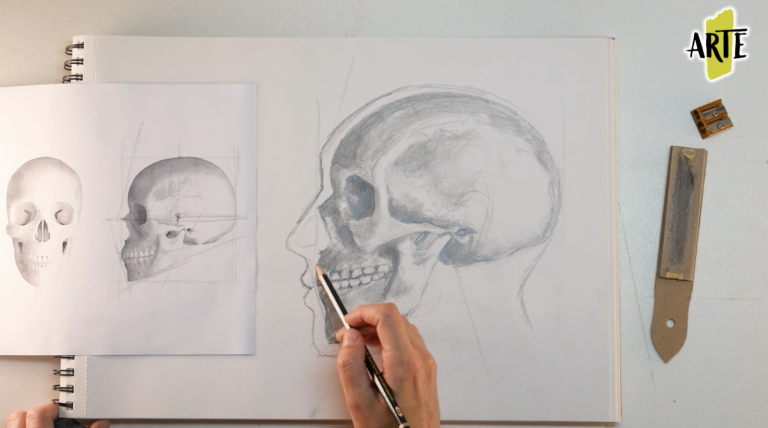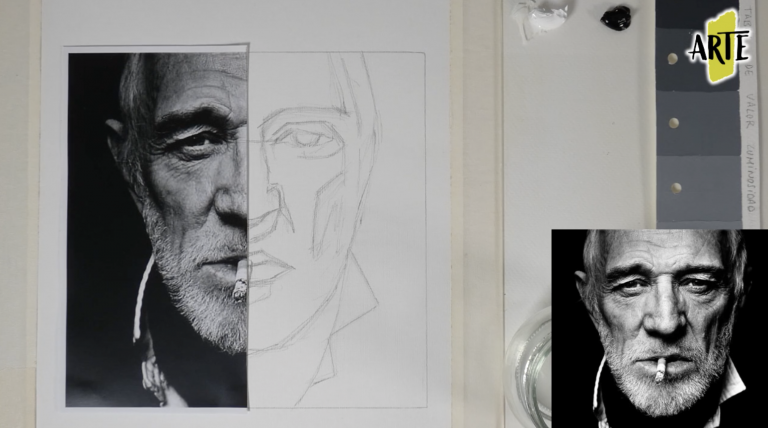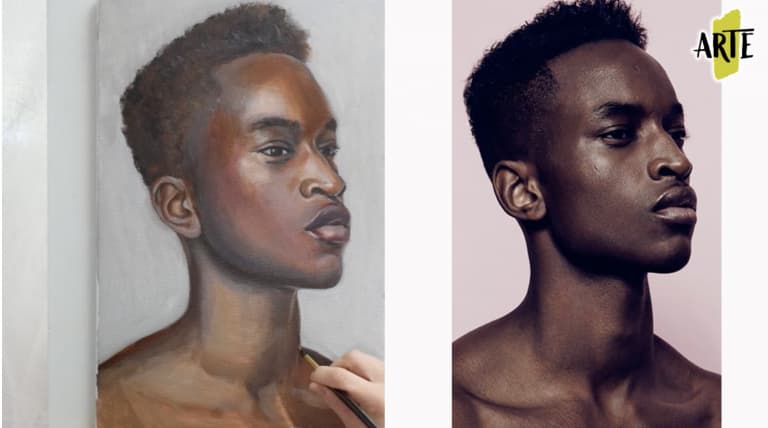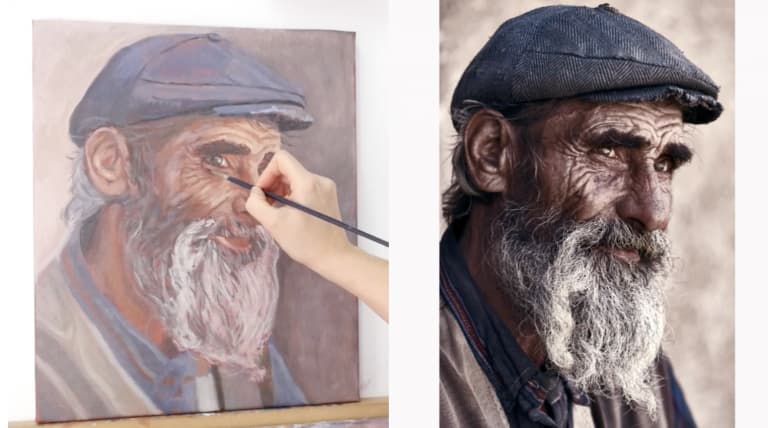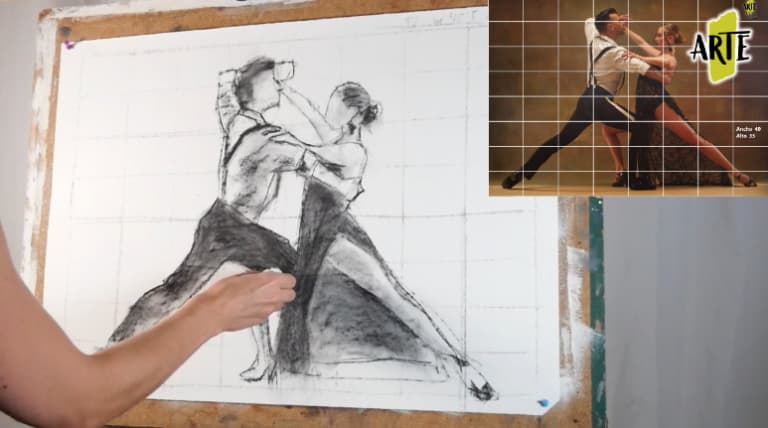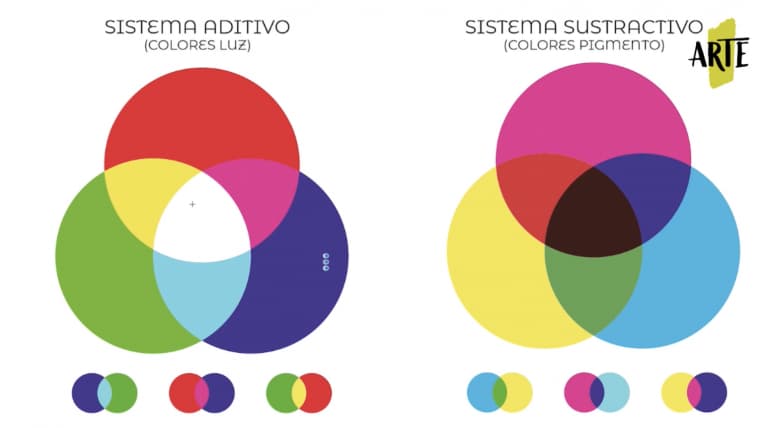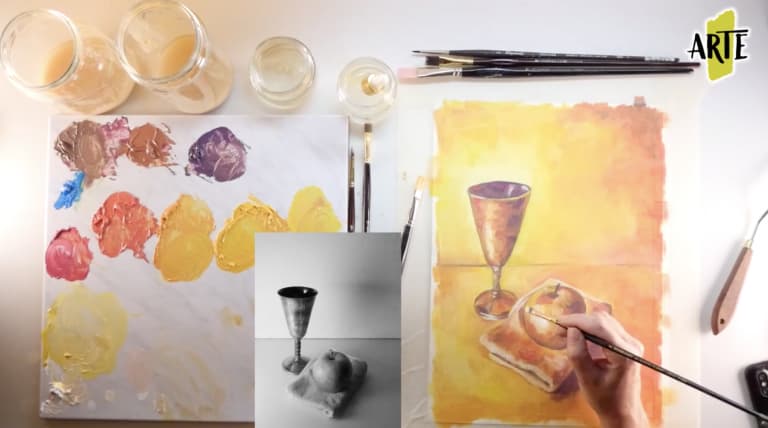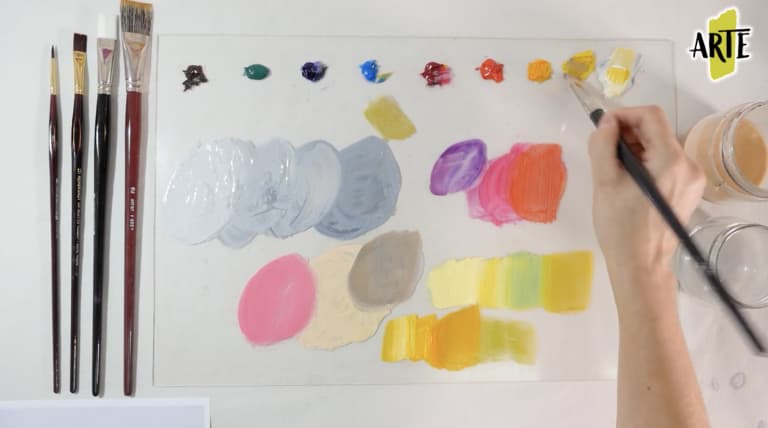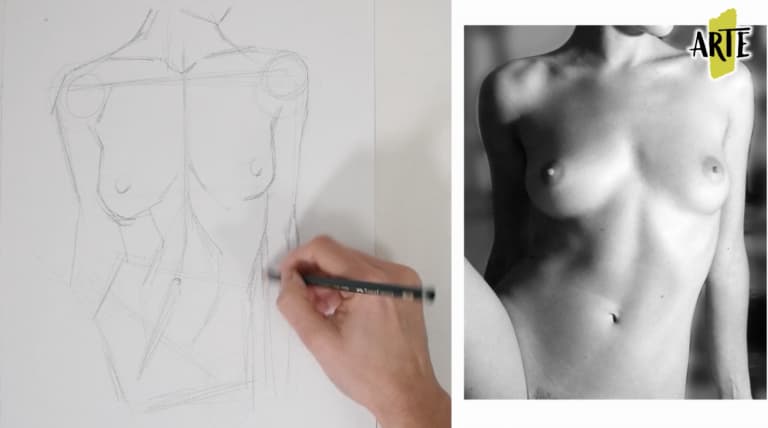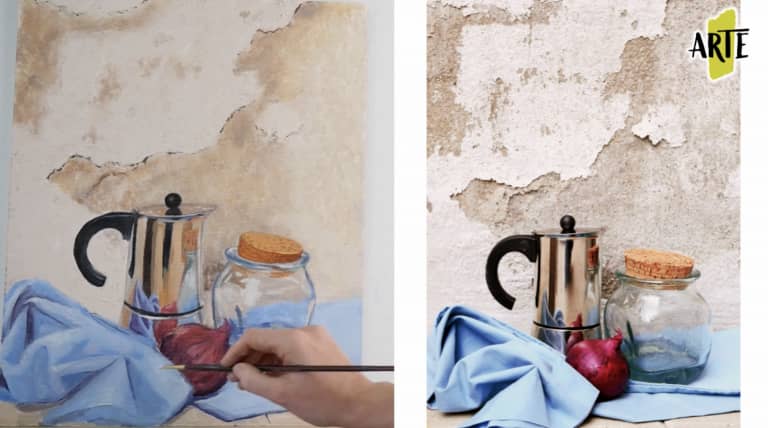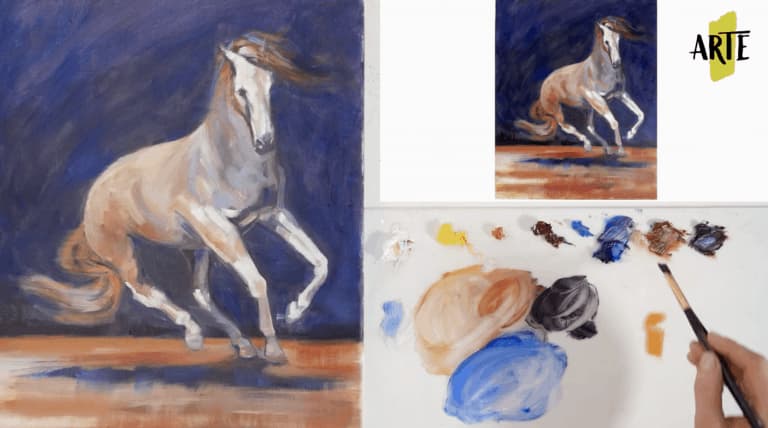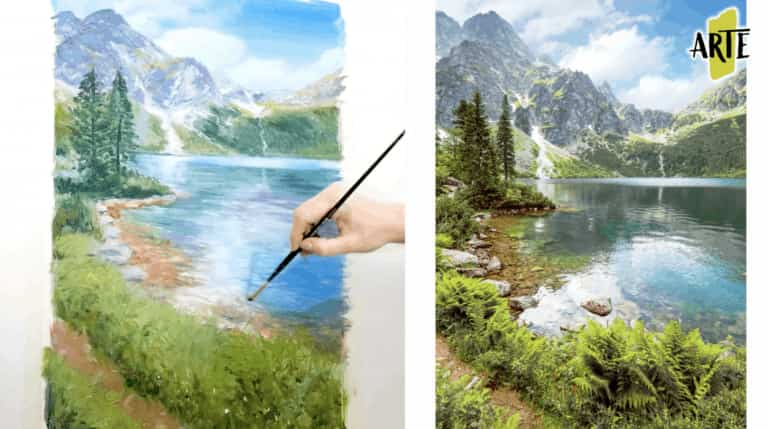
Portada » The portrait
The portrait
Programming and content of module V
In this module we will deal with a subject as complex as it is striking: the portrait.
Throughout the course we will study all the facial elements such as the eyes, nose, mouth, ears and also the hair, together with the movement of the head and bust, in order to obtain a good anatomical basis for the drawing.
We will know the appropriate shades for the flesh tones according to the type of skin and we will learn the importance of the small details to achieve the resemblance in drawing and painting.
We will study gestures and other variable aspects such as the effect of the passage of time on the skin.
Topic 1 - Introduction to the disciplines of portraiture
Lessons:
- General tips for beginners
In this topic, in which we are going to start getting into portraiture, you will get in touch with all those aspects that you will see throughout this module.
We will give you a series of tips that will help you to know and perfect one of the most complicated disciplines in painting: the portrait.
Topic 2 - Structures and movement of the figure
Lessons:
- The human skull
- Study of the skull
- The head and its axes of rotation
- Head study
- Mounting of the face and hair on the skull
- The bust and its movement
- Bust study
As an essential basis, in order to portray the human being, we will make an in-depth review of its anatomy, focusing on the skull, head and bust.
You will lay the foundations to start your work.
Topic 3 - Facial elements and structures
Lessons:
- The eyes
- Eye study/eye model
- The nose
- Nose study/nose models
- The mouth
- Mouth study/mouth models
- Study of the ear
- Study of hair
- Study of the eyebrows
- Frontal facial proportions
- Facial proportions for profile
- Frontal portrait in black and white halves
- Half profile color portrait in halves
Having seen the previous topic, we are going to deepen and perfect our knowledge of human anatomy, focusing now on more specific aspects within the head and skull, such as the eyes, nose and mouth, …
You will learn, step by step, how to represent each element and facial structure.
Topic 4 - illumination, posture and mixtures for fleshings
Lessons:
- Psychological influences of light, color and position on the portrait.
- Postures, light and color
- Different skin tones
- Color mixtures for realistic fleshings
- Portrait with realistic dark skin tones
In the following topics, we will delve into how light, color and position influence what you are going to convey to the viewer with your artwork.
You will work with color blends to differentiate skin tones and achieve realistic flesh tones.
Theme 5 - Expressiveness in portraiture
Lessons:
- The passage of time reflected in the skin
- New shades for fleshing
- Reflecting age
- Study of gestures
- Expressiveness through color and brushstrokes
- Interpreting color and gesture
- Self-portrait proposal
At this point, once you have learned and practiced how to represent the skull, facial structure, skin tones,… You will give a greater degree of expressiveness and realism to your work, learning how to reflect age in the portrait, studying the gestures and aspects such as color and brushstroke.
This is just a small brushstroke...
We offer you this lesson for free so that you can test our teaching method.
Discover a lesson from this module on portraiture in drawing and painting.
In this lesson you will learn the basics of how to reflect age in painting and drawing.
Take a look at the dossier with the program for information on each of the 10 modules and the end-of-course project block, which make up this Introductory + Advanced Painting and Drawing Course.
Reserve your place now
Limited seating


Why are these classes important in the ArteEscuela.com course? ⬅
Although portraiture is one of the most attractive and striking subjects in painting, it is also one of the most complex. The most frequent problems we usually encounter are that the image does not resemble the real model or that the anatomical proportions we represent are not correct (e.g. eyes too big or too small compared to the real image).
Throughout the following module, you will acquire, step by step, the basis in human anatomy that you need to be able to develop realistic works, as well as to capture the gestures, the effects of the passage of time on the skin or to obtain the appropriate tones for each type of skin. All this will help you to make portraits that reflect the image of the real model.
Below you will find a free lesson from each module of the online painting and drawing course.
Index 【Display】
Beginners Course + Advanced – 7 free days of painting and drawing
